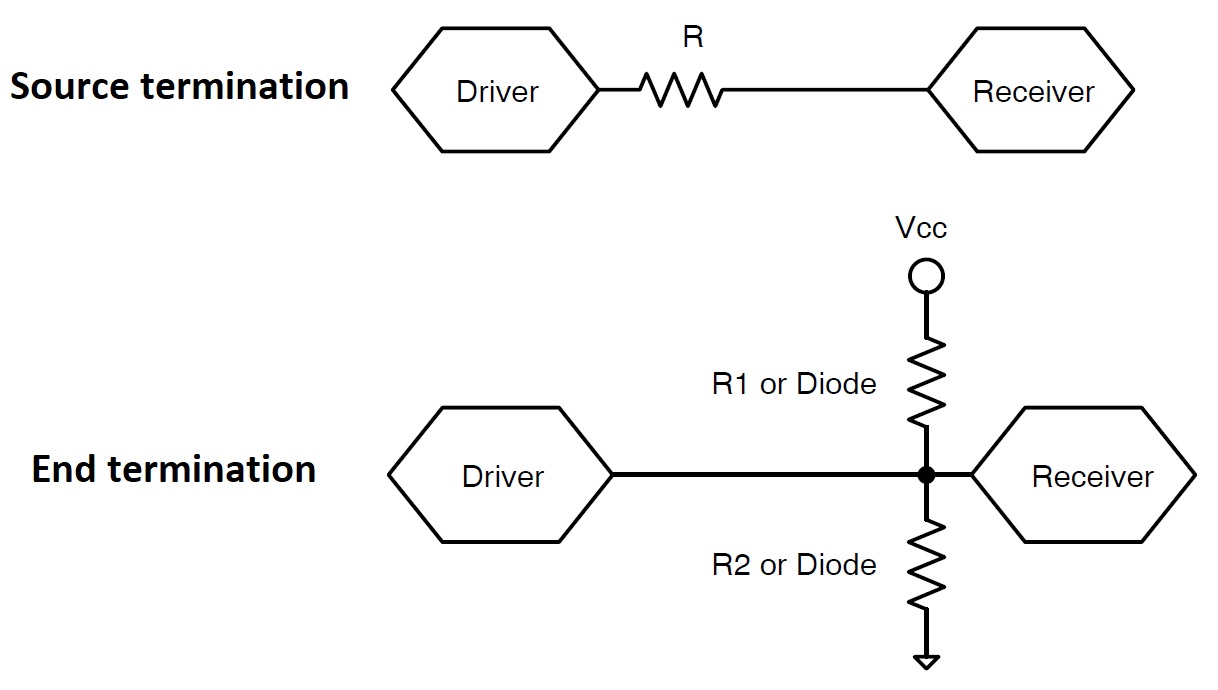
The MOSFETs are configured in common source complementary arrangement to give power gain.The frequency of triangular waveform should be larger than the largest input signal frequency so that the less frequency harmonic is over the range of input signal frequency.In below figure simplified frequency spectrum of pulse width modulation signal is shown.These harmonic frequencies are due to rise and fall time of pulse width modulation signal and flat regions among the signal pulses.When the triangle shape wave modulated the input sinusodial wave the resultant spectrum comprises the sine waveform frequency f input with that fundamental frequency of triangle modulating wave fm and harmonic frequency over the fundamental frequency.The frequency element of specific wave is known as spectrum.All waves other than sine waveform are created with the harmonic frequency.If the value of input signal is a hundred mVpp, the output is also twenty-four Vpp and gain will be 240 instead of 2400.As the amplitude of comparator output is constant for specific range of input voltage the gain is depend on the input signal voltage.For instance if input signal is ten mVpp the voltage gian will be twenty four Vpp/10mVpp=2400.From this point we can observe that gain is very large.The output of plus-minus 12 volts or twenty-four volts peak to peak is not unusual.The inputs of comparators are very less in range of millivolts and output of comparator is rail to rail that mean positive extreme is closer to the positive dc supply voltage and negative extreme is close to the negative dc supply voltage.It is explained in below above figure where 1 cycle of sine waveform is given at the non inverting terminal and large frequency triangle shape wave is given to the inverting.

SIGNAL PATH OF A TRANSISTOR SERIES

This category of amplifiers uses BJT and FET in different configurations. In the previous tutorial, we have discussed class A, class B, and AB amplifiers. With the invention of MOSFET practical use of class D amplifier increases. As a consequence, these older class D amplifiers were not commonly used.

In 1966 Sinclair created X-20 which produces twenty watts but has some limitations of germanium bases BJT transistor. The first module used commercially in 1964 and called X-10 issued by the Sinclair Radionics. First time in 1950 class D amplifier was created by the British scientist Alec Reeves and first time called as D amplifier in 1955. In today’s tutorial, we will have a look at Introduction to Class D Amplifier. Hello fellows, I hope you all are doing great.


 0 kommentar(er)
0 kommentar(er)
